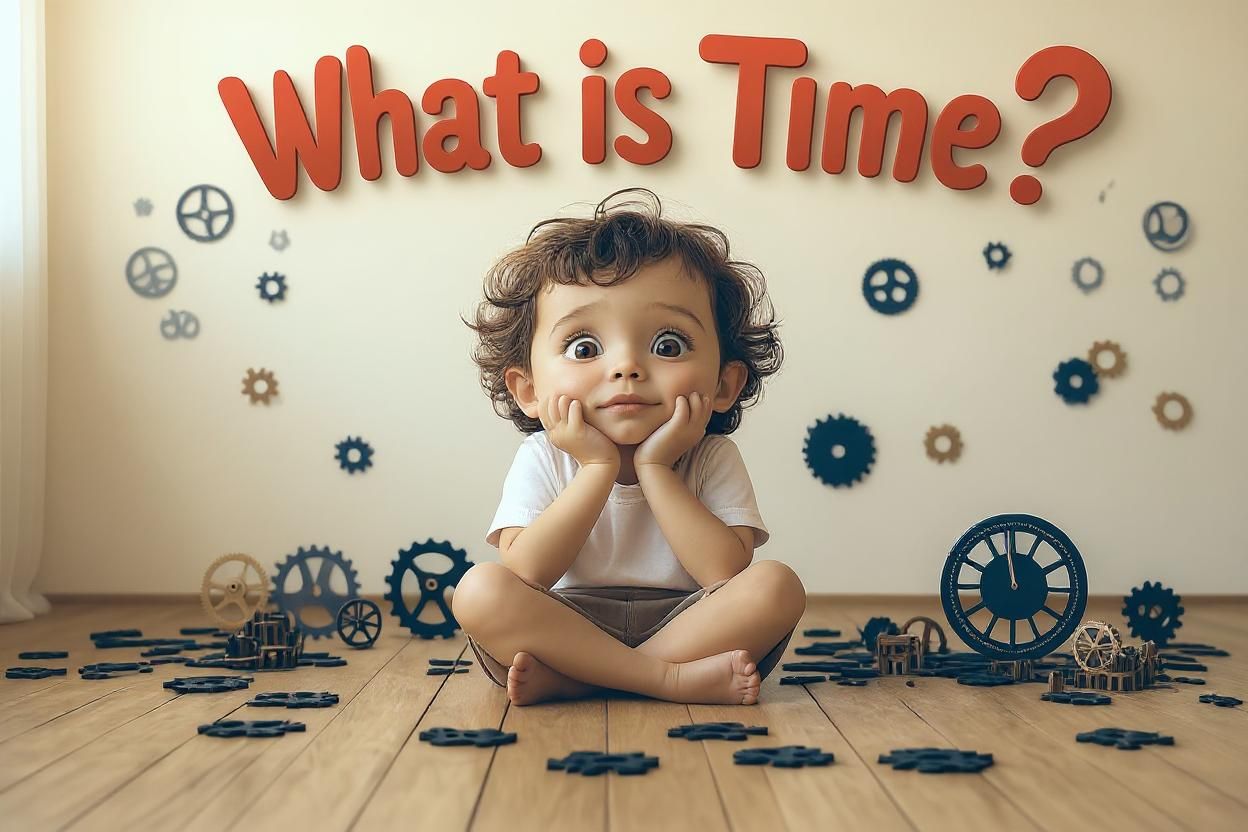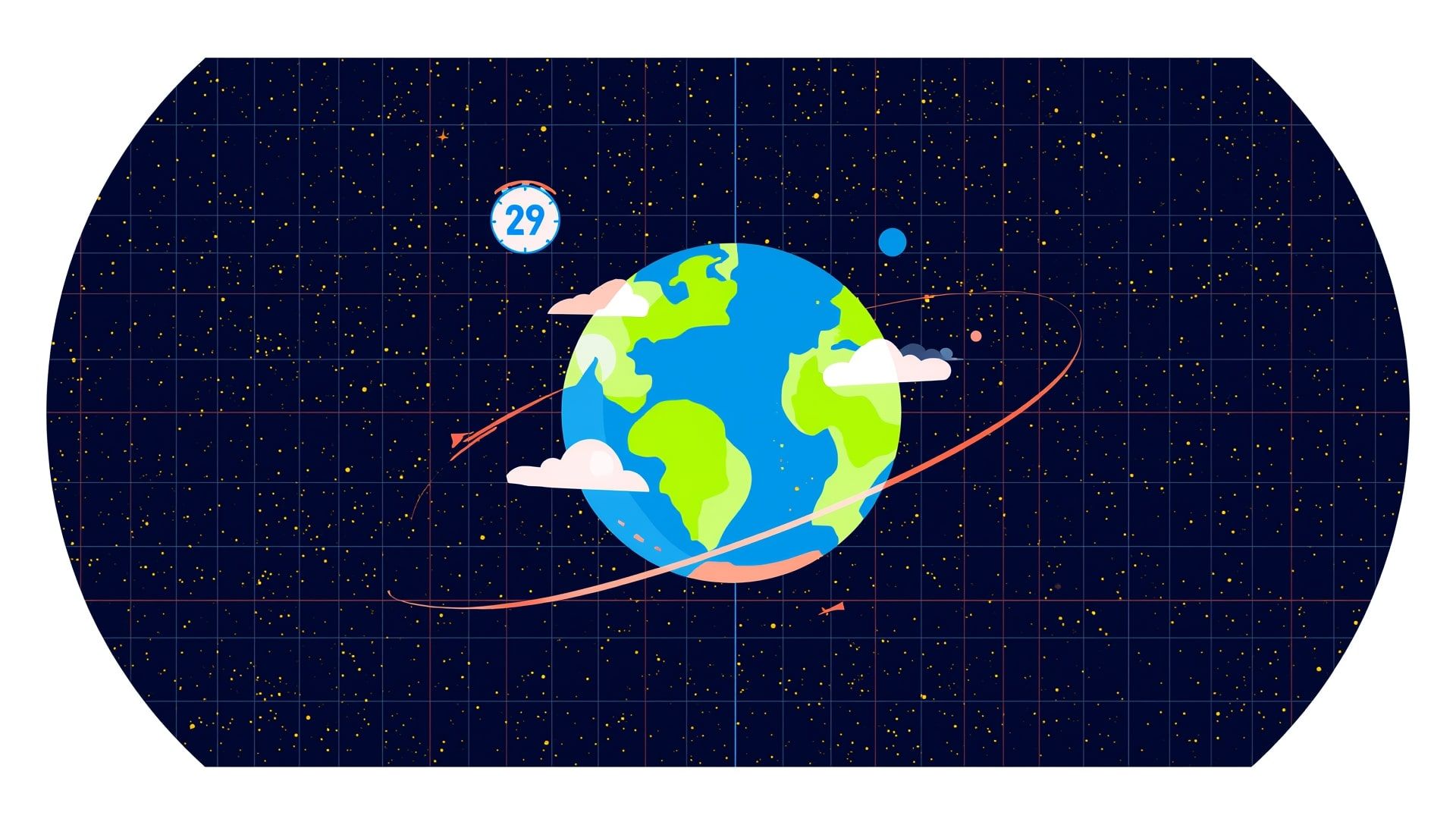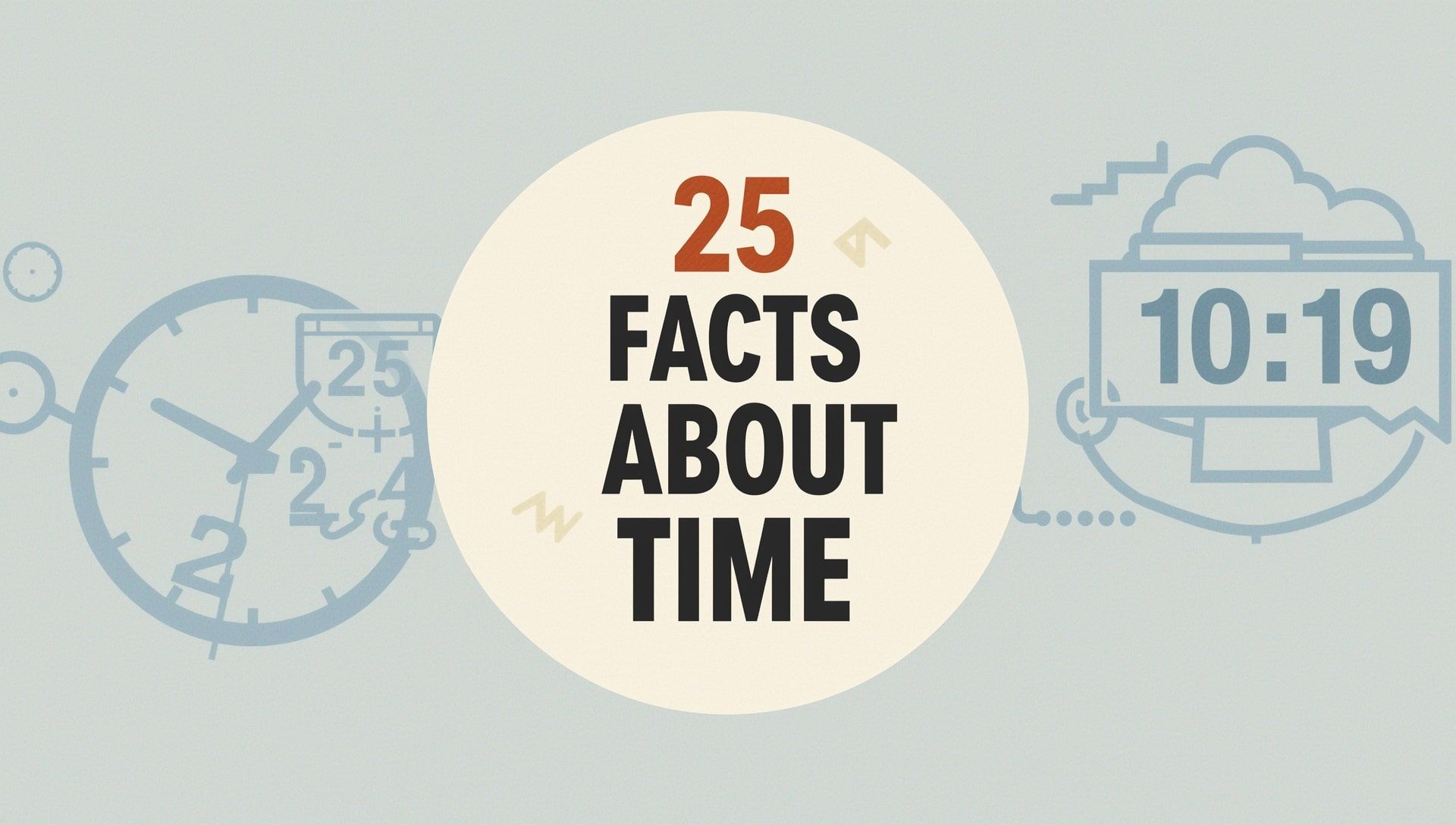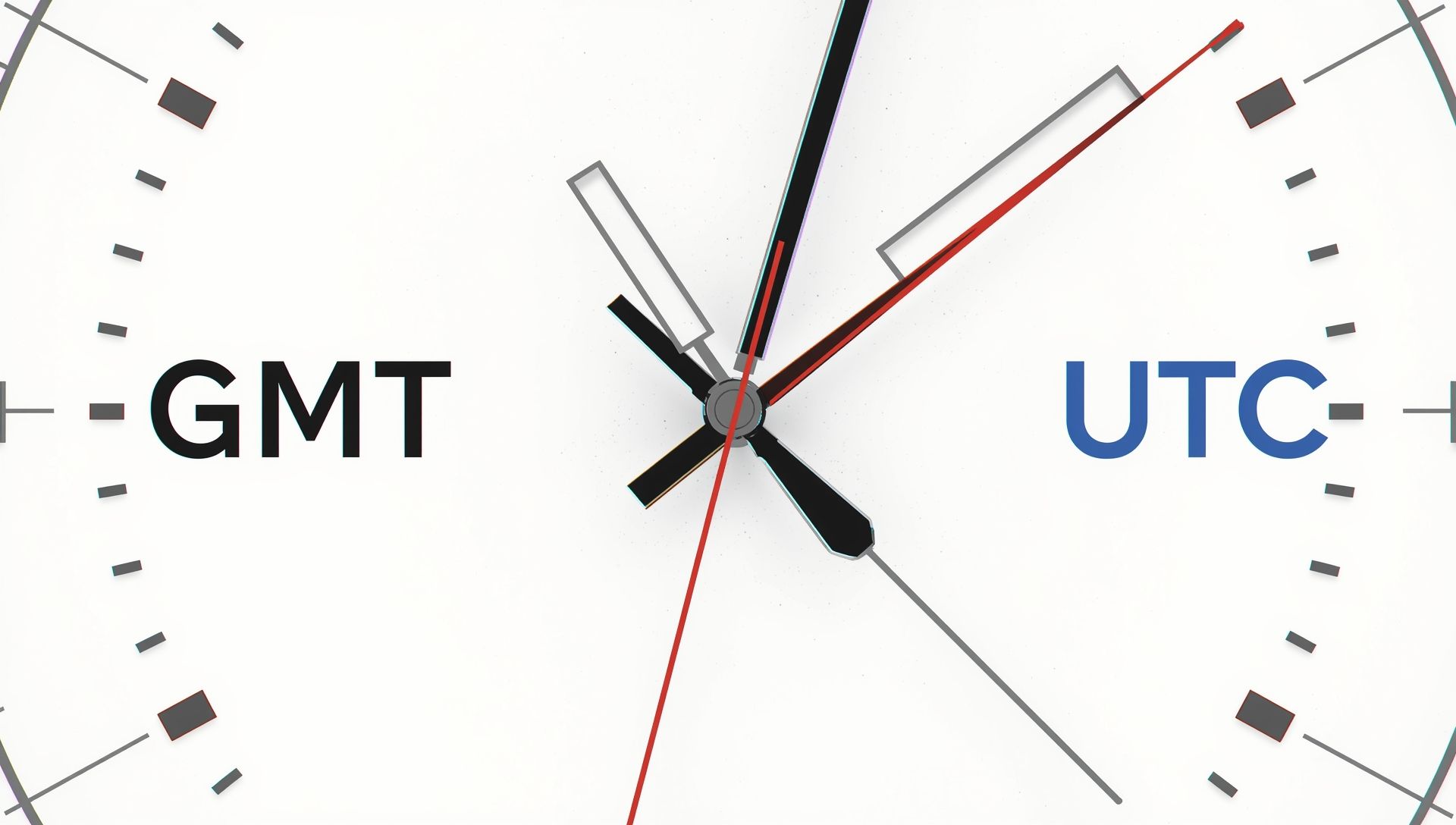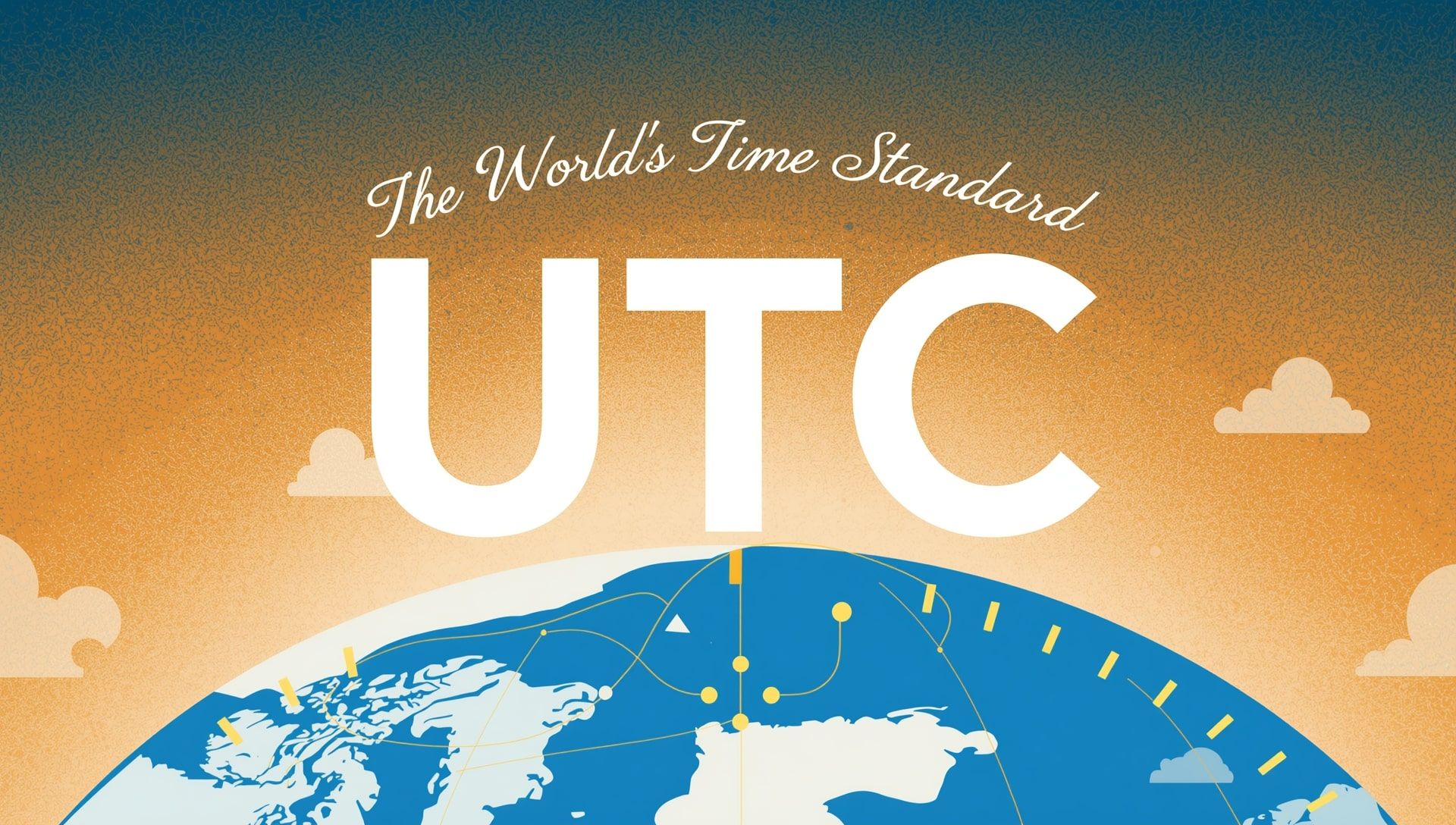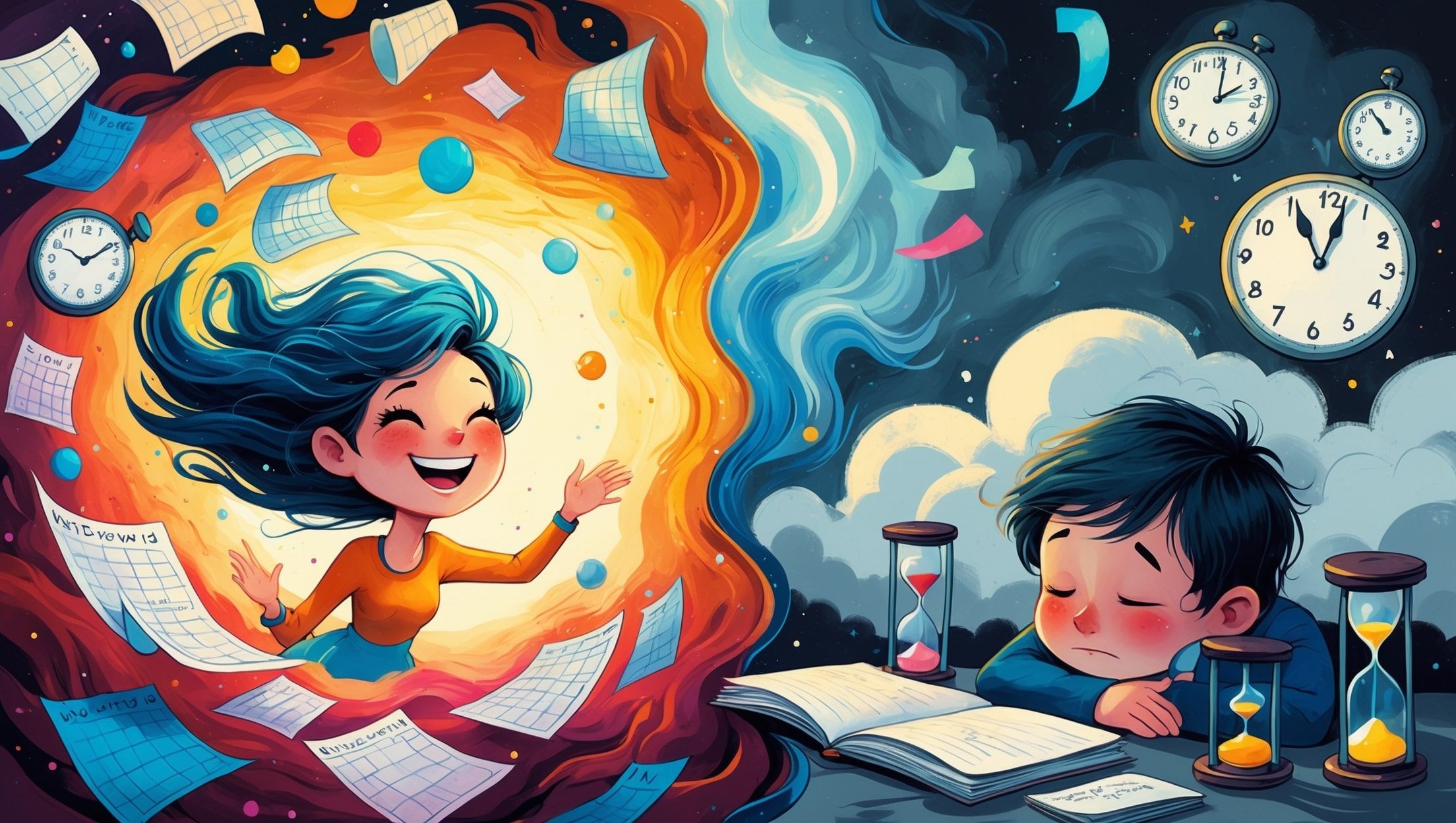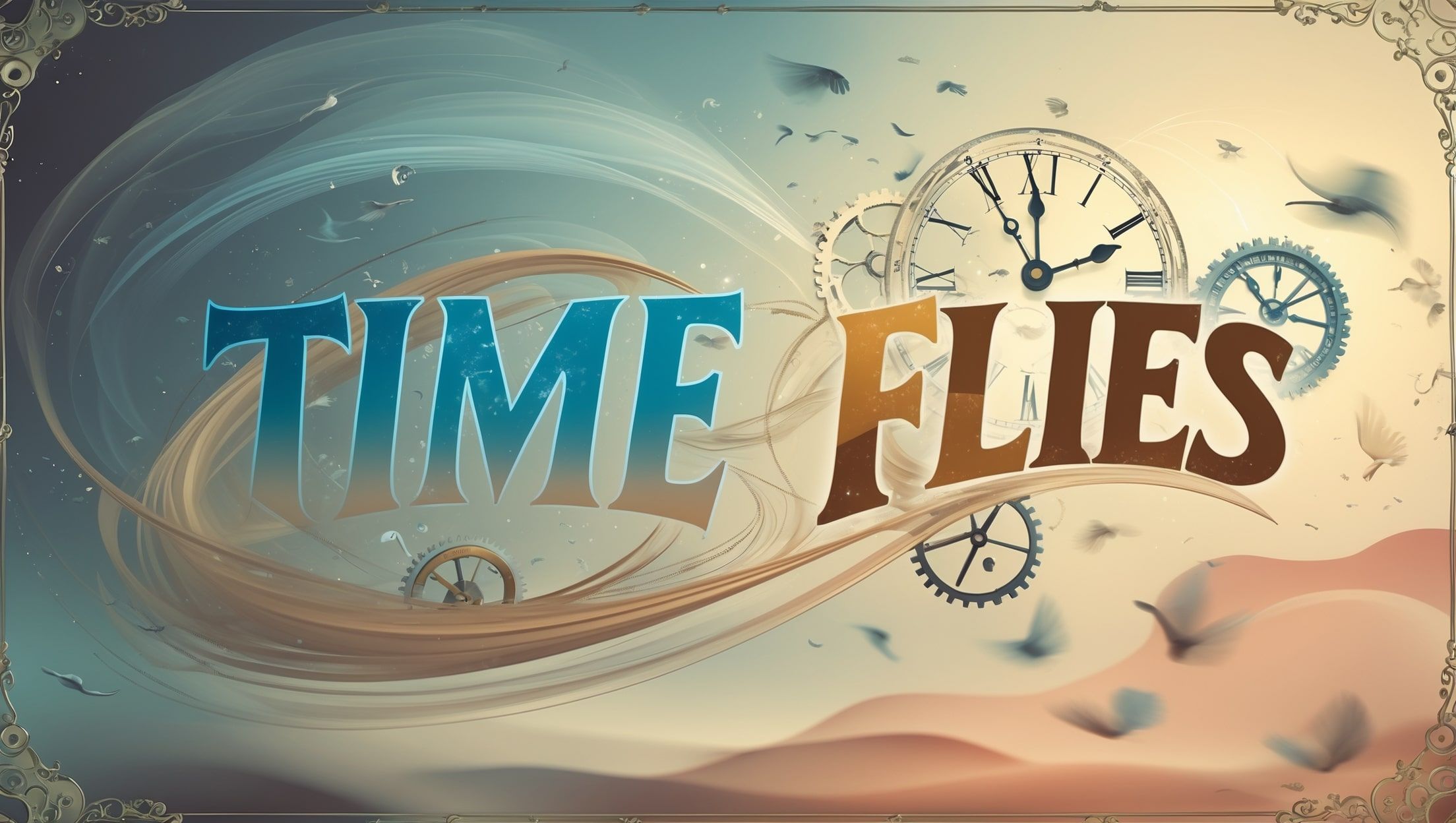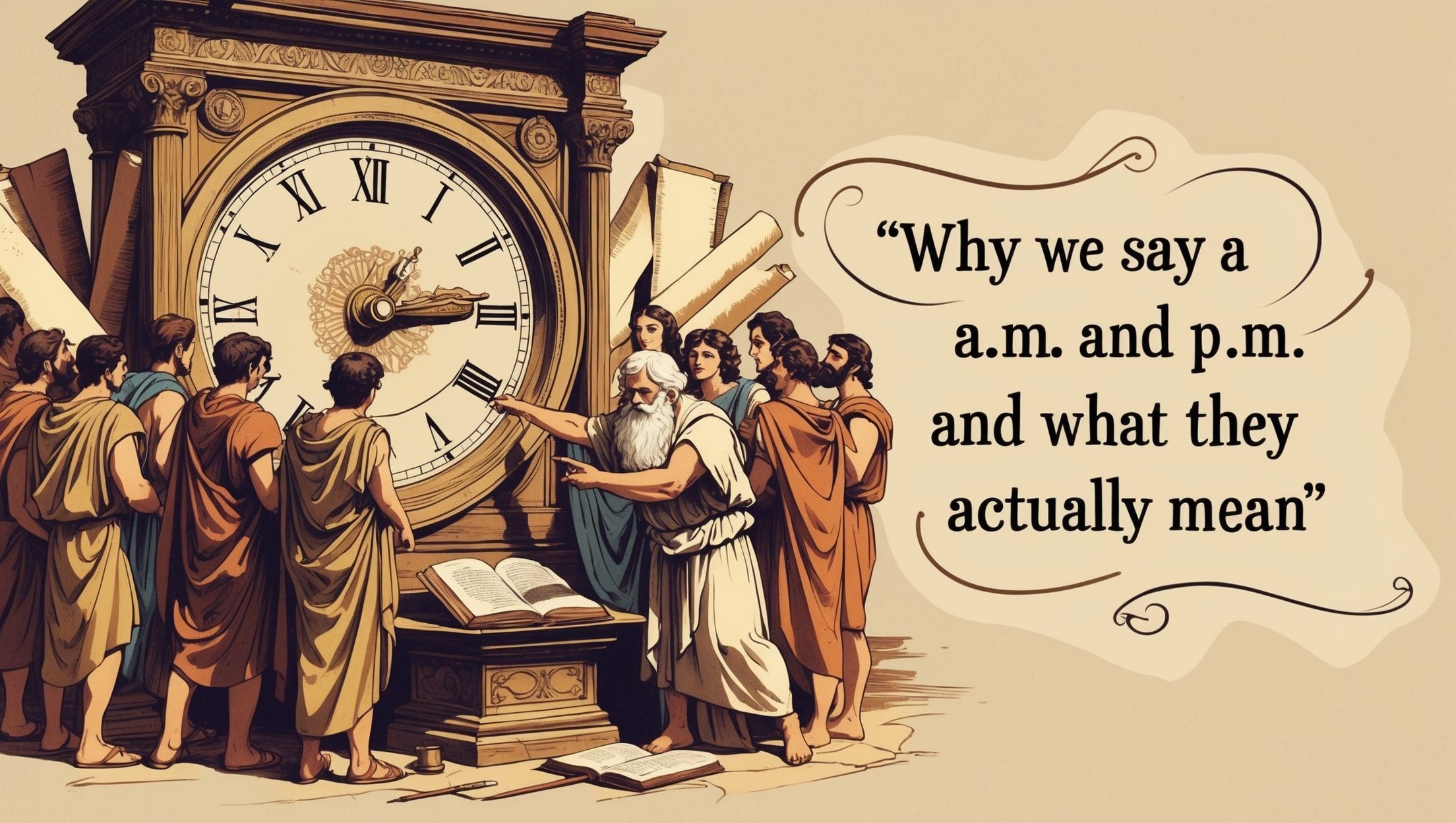You feel it pass when you’re late. You count it in birthdays, meetings, and sunsets. But what exactly is time? Is it something we move through, or something we made up to make sense of life? The answer is somewhere in between. Time runs our days, yet we can’t touch it. It’s everywhere and nowhere at once.
More Than Just Clocks and Calendars
We usually think of time as what a watch tracks. But before we had numbers and minutes, time was just the feeling of change. Day became night. Seasons came and went. People used shadows, stars, and tides to sense time. No ticking hands. Just rhythm, similar to how ancient observers followed celestial patterns explained in solstices and equinoxes.
Even now, our bodies keep time without machines. We wake, eat, sleep, repeat. It’s wired into us. But defining it is harder than living it.
The Physics of Time
In science, time is one of the dimensions. Just like height, width, and depth, time is part of the fabric of the universe. You move through it whether you want to or not. In physics, it helps describe how things change. No time, no movement.
Einstein showed that time isn’t fixed. It can stretch or shrink depending on speed and gravity. A clock on a mountaintop ticks faster than one at sea level. Astronauts age just a tiny bit slower than we do on Earth. Time bends, but never breaks. You can explore how this connects to universal standards in UTC, the world's time standard.
Why We Measure Time the Way We Do
Humans carved up time into seconds, minutes, and hours to bring order. Nature gives us cycles. We filled them with numbers. Most of those choices go back thousands of years.
We use:
- 24 hours in a day from Egyptian astronomy
- 60 minutes per hour from Babylonian math
- 365 days in a year based on Earth’s orbit
- Leap years to fix leftover fractions
- Time zones to sync up with the sun locally
It’s part science, part habit, and part convenience. We built the system to match what the sky was already doing. To understand how global coordination works today, look at how countries synchronize time.
Time Feels Different Depending on What You’re Doing
Time isn’t just a number. It’s an experience. A minute waiting in traffic feels longer than a minute laughing with a friend. Scientists have studied this and found our brains track time based on attention and emotion, as discussed in why time feels fast or slow.
If you’re stressed or bored, time slows down. If you’re focused or happy, time seems to fly. That’s why an hour in school can feel endless, but a weekend trip feels like it ends in five seconds.
Do Other Cultures Experience Time Differently?
Not everyone sees time the same way. Some cultures think of the future as in front of them, others picture it behind. In some languages, time runs left to right. In others, it flows vertically or even in circles.
And then there’s how people live it. Some cultures value being on time to the second. Others treat time more fluidly. Neither is wrong. They’re just different ways to move through the same invisible river, similar to how traditions vary in religious timekeeping.
Is Time Real or Just a Story We Tell?
That depends on who you ask. To a physicist, time is tied to motion and space. To a philosopher, it might be just a mental framework. To a child, it’s the thing between now and their birthday. To a patient, it’s the distance to feeling better.
What’s clear is that time is both measurable and personal. We can count it with atomic precision and still feel lost in it on a rainy afternoon. It’s one of the few things that connects every person, yet no one controls it. For a deeper dive into how humans first began measuring it, see how humans first measured time.
Moving Through What We Cannot Hold
You can’t store it. You can’t buy more of it. But every second you’re alive, you’re inside it. Time is movement, memory, change. It helps us grow old, plan ahead, and look back. You live in it, whether you’re watching a clock or ignoring it completely.
And somehow, even with all our tools and tech, it remains a mystery we feel more than we understand, just as explored in the science of measuring time.
